How To Overcome Gym Anxiety
 How many times have you vowed to start working out and decide you’ll join a gym the next day, but you don’t? It may be a lack of confidence or fear of working out that’s causing gym anxiety and stopping you in your tracks. Many people fear being judged by others, especially if they aren’t in shape or overweight. Perfectionists also fear going to the gym. They fear they won’t be able to do each exercise perfectly. All of this can cause anxiety and stop you from becoming a healthier, fitter version of yourself.
How many times have you vowed to start working out and decide you’ll join a gym the next day, but you don’t? It may be a lack of confidence or fear of working out that’s causing gym anxiety and stopping you in your tracks. Many people fear being judged by others, especially if they aren’t in shape or overweight. Perfectionists also fear going to the gym. They fear they won’t be able to do each exercise perfectly. All of this can cause anxiety and stop you from becoming a healthier, fitter version of yourself.
Gym anxiety can start after a physical illness or injury.
After a serious illness or injury, many people are reluctant to workout. It’s a particularly well-known problem for people who have just suffered a heart attack. If the doctor recommends you start exercising, but you’re afraid to exercise, work with a personal trainer. The same is true of people who are returning after an injury. Let the trainer know everything about your condition so they can tailor the workout to safely fit your needs. .
Don’t be ashamed of where you’re at today, just focus on where you’ll be in a year.
Some people worry too much about what others will think. They worry they’re too fat or too uncoordinated and won’t be able to do all the exercises. Some people who were once in shape are ashamed of themselves and think others will think badly of them too. The truth is, in most cases, none of this will happen. Most people are so focused on their workout that they don’t watch others. Many of these people have gone or are going through the same anxiety as you are. Once you realize that, you’ll overcome gym anxiety.
Gym anxiety can occur if you aren’t sure what to do.
Uncertainty may occur if you’re unfamiliar with the gym procedures and etiquette. That’s easy to solve. Ask lots of questions before joining. Find out what a typical visit to the gym would be like, including where you change. Get as familiar with the new gym as possible by checking online or taking a tour. Hiring a trainer can provide structure and help you develop your exercise expertise, including showing you the right form for every exercise.
- You may have anxiety if the gym is crowded and noisy. After the pandemic, many people fear crowds. The staff can help you find a time that has less traffic or you can work with a trainer in private sessions.
- Having a friendly face and someone to talk with at the gym can be reassuring and help you overcome gym anxiety. Exercise with a friend. You’ll be far less intimidated and uncomfortable when you’re with someone else who is also new.
- You can relieve anxiety by permitting yourself to leave after a few exercises the first few times. It won’t take long before you’ll stay for the whole workout.
- Overcome gym anxiety by going to the gym, even if you force yourself the first few times. Your anxiety will diminish with each visit and eventually be just a memory.
For more information, contact us today at Rising Fitness Gym


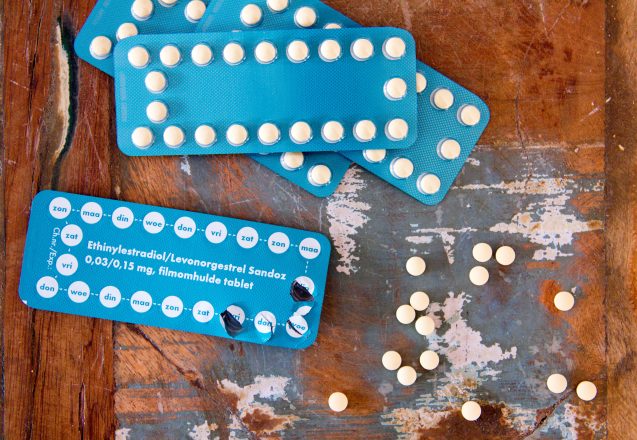
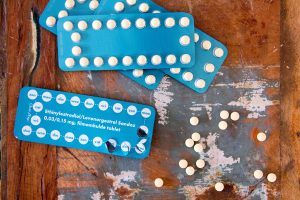 If you’re frustrated because you can’t seem to lose weight, even though you believe you’re doing everything right, your hormones might be interfering with your weight loss. In many cases, people simply don’t realize how much they’ve eaten, which is why an exercise and food diary is so important. In some cases, however, the problem can come from hormonal imbalances. You can realign most imbalances naturally to help weight loss begin again.
If you’re frustrated because you can’t seem to lose weight, even though you believe you’re doing everything right, your hormones might be interfering with your weight loss. In many cases, people simply don’t realize how much they’ve eaten, which is why an exercise and food diary is so important. In some cases, however, the problem can come from hormonal imbalances. You can realign most imbalances naturally to help weight loss begin again.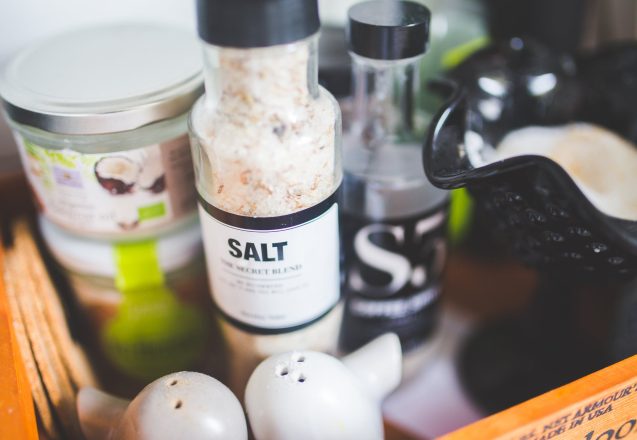
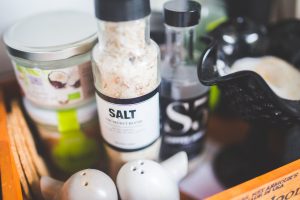 If you haven’t heard about Himalayan salt, it’s the pink salt that many believe is healthier than table salt. It comes from an area near the Himalayas that’s in Pakistan. The color is natural due to minerals it contains that were deposited millions of years ago. The additional minerals are also why people think it’s healthier than regular table salt. Unfortunately, there’s not much evidence backing that belief or opposing it. Are there enough minerals? Is it worth the effort and extra price?
If you haven’t heard about Himalayan salt, it’s the pink salt that many believe is healthier than table salt. It comes from an area near the Himalayas that’s in Pakistan. The color is natural due to minerals it contains that were deposited millions of years ago. The additional minerals are also why people think it’s healthier than regular table salt. Unfortunately, there’s not much evidence backing that belief or opposing it. Are there enough minerals? Is it worth the effort and extra price?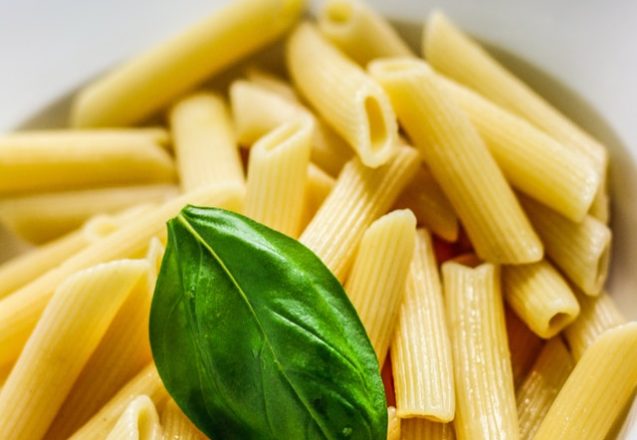
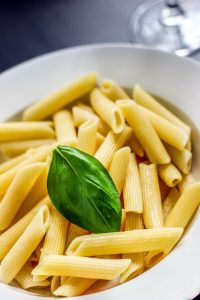 There are so many different diets people in Houston, TX, recommend that it’s difficult to find one that’s best for you. One popular diet is the Keto or extremely low carbohydrate diet that puts your body into a state of ketosis. Other lower carbohydrate diets aren’t as drastic and allow the individual to include more carbohydrates in meals. Which one is the best? How many carbs should you have daily? There is no one correct answer. It’s all about individual needs.
There are so many different diets people in Houston, TX, recommend that it’s difficult to find one that’s best for you. One popular diet is the Keto or extremely low carbohydrate diet that puts your body into a state of ketosis. Other lower carbohydrate diets aren’t as drastic and allow the individual to include more carbohydrates in meals. Which one is the best? How many carbs should you have daily? There is no one correct answer. It’s all about individual needs.
 If you have joint issues, running can create more problems than the benefits it provides. That’s because it’s a high-impact exercise. Just like jumping, both feet are off the ground at one time, and land with a jarring thud to the joints. How do you avoid exacerbating joint issues or other problems that are affected by jarring the body? Choose cardio workouts with no jumping. Many of these are fun to do. Many forms of dancing involve no jumping, yet they provide a superior cardio workout. Think of the dances of the 60s and 70s like the Twist. It will get your heart pumping, and your feet will never leave the floor.
If you have joint issues, running can create more problems than the benefits it provides. That’s because it’s a high-impact exercise. Just like jumping, both feet are off the ground at one time, and land with a jarring thud to the joints. How do you avoid exacerbating joint issues or other problems that are affected by jarring the body? Choose cardio workouts with no jumping. Many of these are fun to do. Many forms of dancing involve no jumping, yet they provide a superior cardio workout. Think of the dances of the 60s and 70s like the Twist. It will get your heart pumping, and your feet will never leave the floor.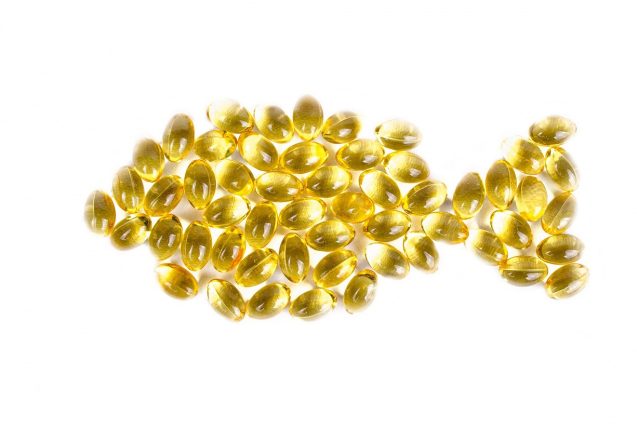
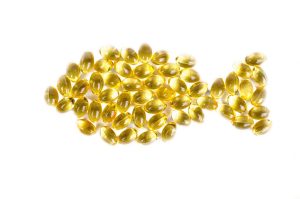 If you’re one of the millions of people who take fish oil, you probably take it for a specific ailment. Fish oil contains omega-3 fatty acids that can improve heart and brain health. The body requires omega-3 to function properly, but it cannot produce it, so it must come from food. It can aid in treating conditions such as depression, asthma, some autoimmune diseases, ADHA, and rheumatoid arthritis. A study at one of the most dangerous prisons in the UK found that increasing omega-3 and providing a nutrient-dense diet significantly reduced violent acts.
If you’re one of the millions of people who take fish oil, you probably take it for a specific ailment. Fish oil contains omega-3 fatty acids that can improve heart and brain health. The body requires omega-3 to function properly, but it cannot produce it, so it must come from food. It can aid in treating conditions such as depression, asthma, some autoimmune diseases, ADHA, and rheumatoid arthritis. A study at one of the most dangerous prisons in the UK found that increasing omega-3 and providing a nutrient-dense diet significantly reduced violent acts.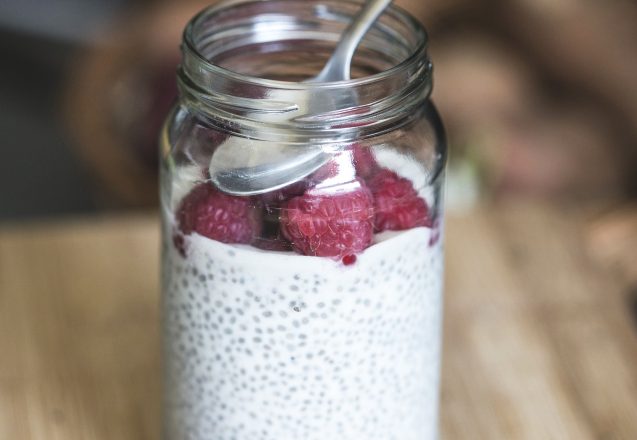
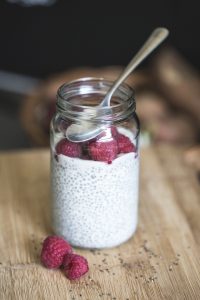 There are a lot of food fads that circulate in Houston, TX, and not all of them are healthy. Luckily, the latest fad of using chia seeds in recipes is different. These tiny seeds are power-packed and ready to provide not only health benefits but also some benefits for your recipes. Using chia seeds in food isn’t new. It was a mainstay of the Mayan and Aztec diet. These tiny seeds may not look impressive but when you include them regularly in your diet, you’ll get impressive results.
There are a lot of food fads that circulate in Houston, TX, and not all of them are healthy. Luckily, the latest fad of using chia seeds in recipes is different. These tiny seeds are power-packed and ready to provide not only health benefits but also some benefits for your recipes. Using chia seeds in food isn’t new. It was a mainstay of the Mayan and Aztec diet. These tiny seeds may not look impressive but when you include them regularly in your diet, you’ll get impressive results.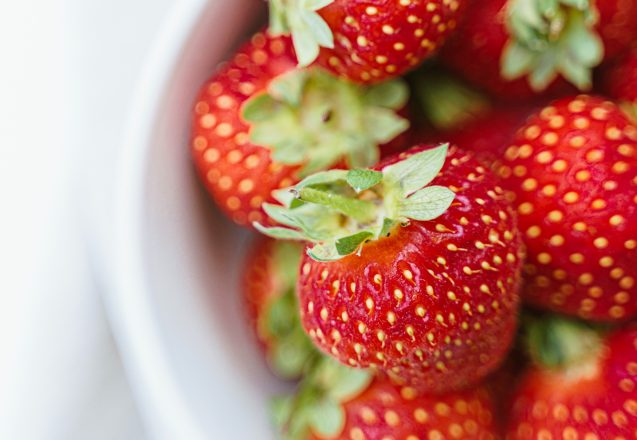
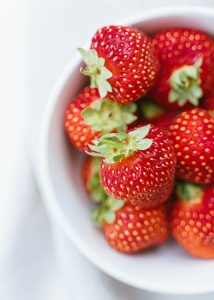 As the workday extends, hunger can build. If you’re at work, there may be options for snacks such as a vending machine, a coworker’s stash of candy, or donuts or cookies brought for the whole staff. Most of the options aren’t healthy or low-calorie. How do you fight that urge to eat the last four donuts or raid the secretary’s candy bowl? You don’t let temptation build. Take healthy snacks with you. It doesn’t mean you can’t ever have a thin slice of Havey’s birthday cake or an M&M occasionally. It means you’ll have more control daily and be less apt to eat high-calorie snacks.
As the workday extends, hunger can build. If you’re at work, there may be options for snacks such as a vending machine, a coworker’s stash of candy, or donuts or cookies brought for the whole staff. Most of the options aren’t healthy or low-calorie. How do you fight that urge to eat the last four donuts or raid the secretary’s candy bowl? You don’t let temptation build. Take healthy snacks with you. It doesn’t mean you can’t ever have a thin slice of Havey’s birthday cake or an M&M occasionally. It means you’ll have more control daily and be less apt to eat high-calorie snacks.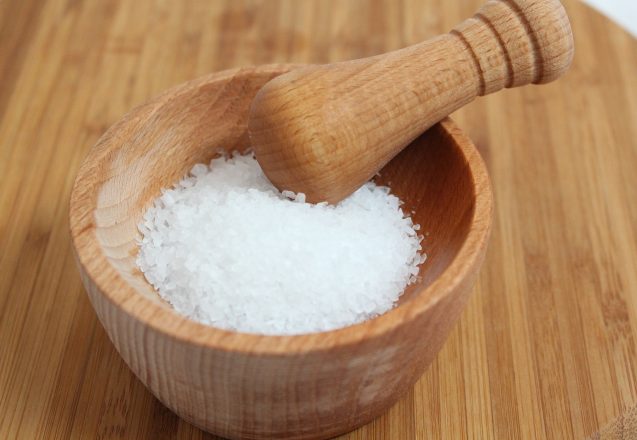
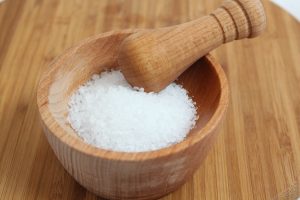 Obesity has reached epidemic levels, even in Houston, TX. Lack of exercise and an unhealthy diet are the primary causes, even though there are others. Most fitness centers, weight loss programs, or personal trainers use exercise or diet as a solution. We focus on both diet and exercise. The food you eat and its preparation are key to weight loss. Highly processed foods are bland. Manufacturers improve flavor by adding salt and sugar. Most people understand how sugar adds pounds but fail to realize that salt can also sabotage weight loss efforts.
Obesity has reached epidemic levels, even in Houston, TX. Lack of exercise and an unhealthy diet are the primary causes, even though there are others. Most fitness centers, weight loss programs, or personal trainers use exercise or diet as a solution. We focus on both diet and exercise. The food you eat and its preparation are key to weight loss. Highly processed foods are bland. Manufacturers improve flavor by adding salt and sugar. Most people understand how sugar adds pounds but fail to realize that salt can also sabotage weight loss efforts.
 It’s normal to have muscle soreness from exercise, especially if you’re pushing yourself to the limit. There are ways to speed recovery and diminish the pain. You do have to watch out for severe DOMS——-delayed onset muscle soreness—that reaches peak pain between 24 and 48 hours after exercise but can start as soon as six hours after exercise. When you workout the muscles develop small tears that require time to repair. The repairs build both muscle and strength. Until the process is complete, you’ll feel pain. You can diminish the potential pain or speed the healing with these ideas.
It’s normal to have muscle soreness from exercise, especially if you’re pushing yourself to the limit. There are ways to speed recovery and diminish the pain. You do have to watch out for severe DOMS——-delayed onset muscle soreness—that reaches peak pain between 24 and 48 hours after exercise but can start as soon as six hours after exercise. When you workout the muscles develop small tears that require time to repair. The repairs build both muscle and strength. Until the process is complete, you’ll feel pain. You can diminish the potential pain or speed the healing with these ideas.